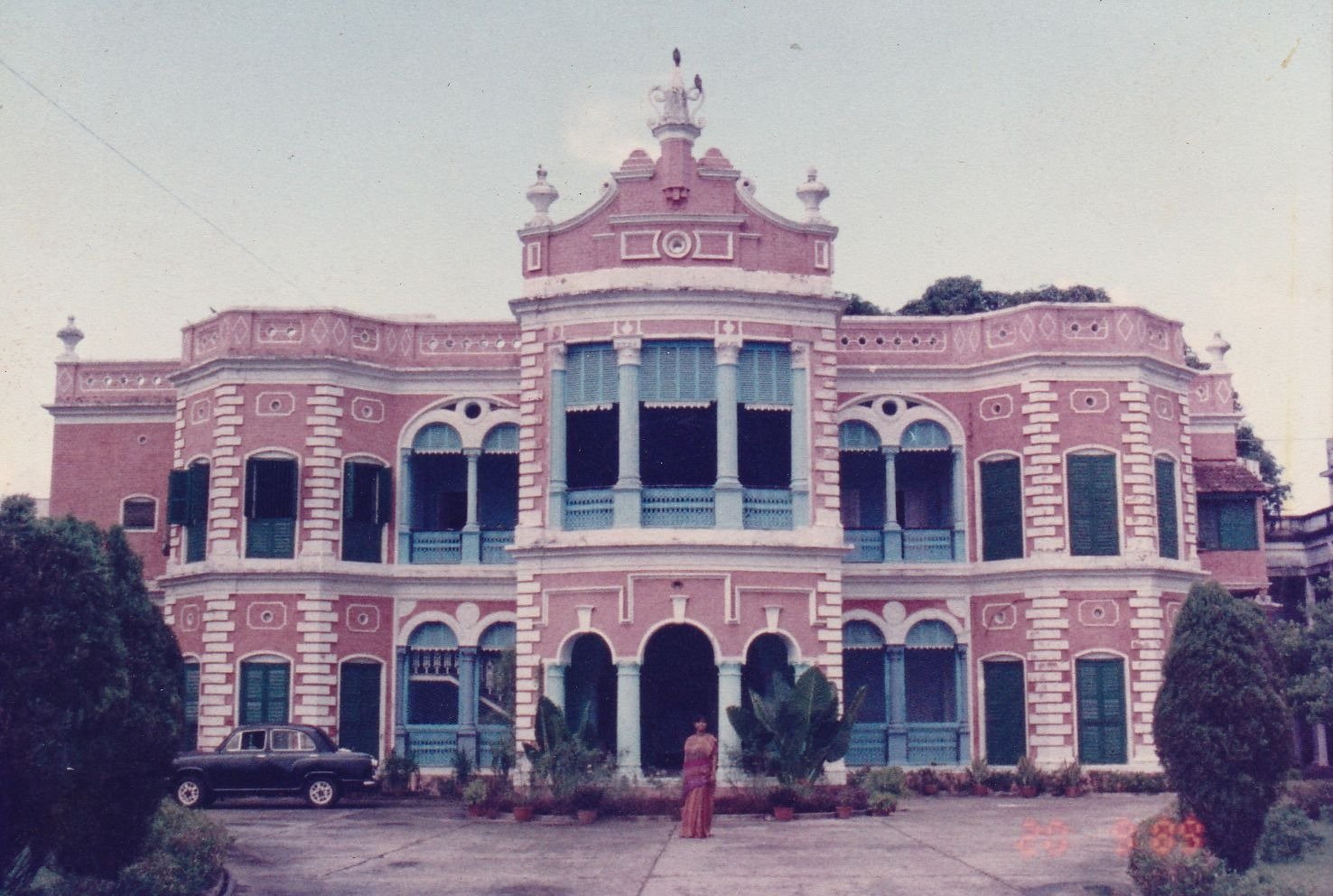
Dalmia House – Tracing 200 Years of Banaras’s Enriched History: From Mark Twain to Satyajit Ray
Introduction: Steeped in mythology, culture, art, and a rich history, the city of Banaras, also known as Varanasi or Kashi, has captivated the hearts of many, including luminaries like Mark Twain and Satyajit Ray. Often referred to as a city older than legend itself, Banaras has woven its magic into the fabric of India’s heritage. This journey takes us through the city’s fascinating history and its entwined connection with Bengal, all within the embrace of a remarkable garden house – the Dalmia Bhavan.
Exploring Dalmia House’s Historical Tapestry: Owning a Garden House: During the British Raj, affluent families embraced the concept of residing in a garden house, nestled within lush lawns. This living style is exemplified by the Dalmia Bhavan, a heritage building constructed between 1835 and 1845, serving as a testament to this era.
The Legacy of Raja Kishori Lal Goswami: Dalmia Bhavan, previously known as Goswami Bari, belonged to Raja Kishori Lal Goswami of the renowned Goswami Rajbari in Serampore. The Goswamis, celebrated landlords and bankers in India, were conferred the title of Raja by the British Government. Their royal seal still adorns the rear gate of Dalmia Bhavan, showcasing their illustrious history.
Architectural Marvel: Both the Serampore home and the Banaras property were designed in a distinct Dutch architectural style, reflecting the influence of the Goswamis. This unique architectural connection unites these two significant locations.
Historical Significance of Dalmia Bhavan: Dalmia Bhavan holds immense historical importance: a) An Invaluable Danish East India Company Relic: In India, buildings linked to the Danish East India Company, apart from those in Tranquebar and Serampore, are exceptionally rare. The Dalmia house’s association with this company makes it a priceless architectural gem.
b) Witness to Colonial Struggles: The house witnessed the clashes between the British and the Danish East India Companies on the banks of the Ganges.
c) Witness to Benaras’s Transformations: From periods of prosperity to its fall and eventual resurgence, Dalmia Bhavan stands as a silent observer to Banaras’s various phases.
d) Haven for Visionaries: Dalmia Bhavan welcomed stalwarts like Dr. Annie Besant, Mahatma Gandhi, Jawaharlal Nehru, Rabindranath Tagore, and Sarojini Naidu during their visits to Banaras. These luminaries found respite within its walls.
e) Literary Connections: Even literary legend Harivansh Rai Bachchan mentioned Dalmia Bhavan in his autobiography “Neid ka Nirman Fir,” highlighting its cultural significance.
The Journey from Goswami Bari to Dalmia Bhavan: In the 1960s, the Dalmia family, known for their philanthropy and nationalistic fervor, acquired this historically significant property. The family is now in discussions with luxury hotel brands to transform Dalmia Bhavan into a luxury heritage hotel.
A Legacy of Philanthropy: The Dalmias’ commitment to preserving Indian culture and their nationalist ideals is evident. Laxminiwas Dalmia, Kunal Dalmia’s father and the former owner, donated a 425-room hostel to BHU in memory of his father. This Dalmia Hostel and the “Savitri Devi Dalmia Vigyan Bhavan,” a Home Science block, reflect their dedication to education and cultural preservation.
Dalmia Bhavan – Witness to History: From witnessing the colonial era to standing as a silent sentinel during India’s struggle for freedom, Dalmia Bhavan encapsulates two centuries of Indian history. Its walls have absorbed the nation’s evolution, making it a living repository of our heritage.
Conclusion: Dalmia House, formerly Goswami Bari, symbolizes more than just architecture; it’s a custodian of history. From its roots in the Danish East India Company era to hosting the most prominent leaders of the Indian freedom movement, this garden house invites us to explore Banaras’s vibrant past. As it prepares to transform into a luxury heritage hotel, Dalmia Bhavan continues to hold within its walls the echoes of two centuries of remarkable history.



